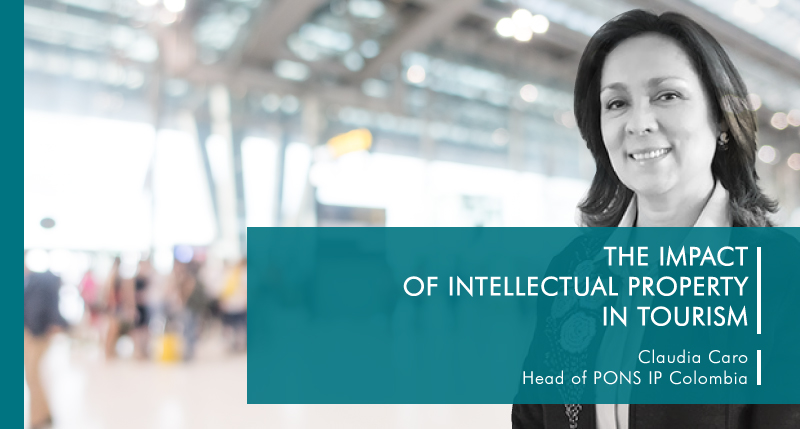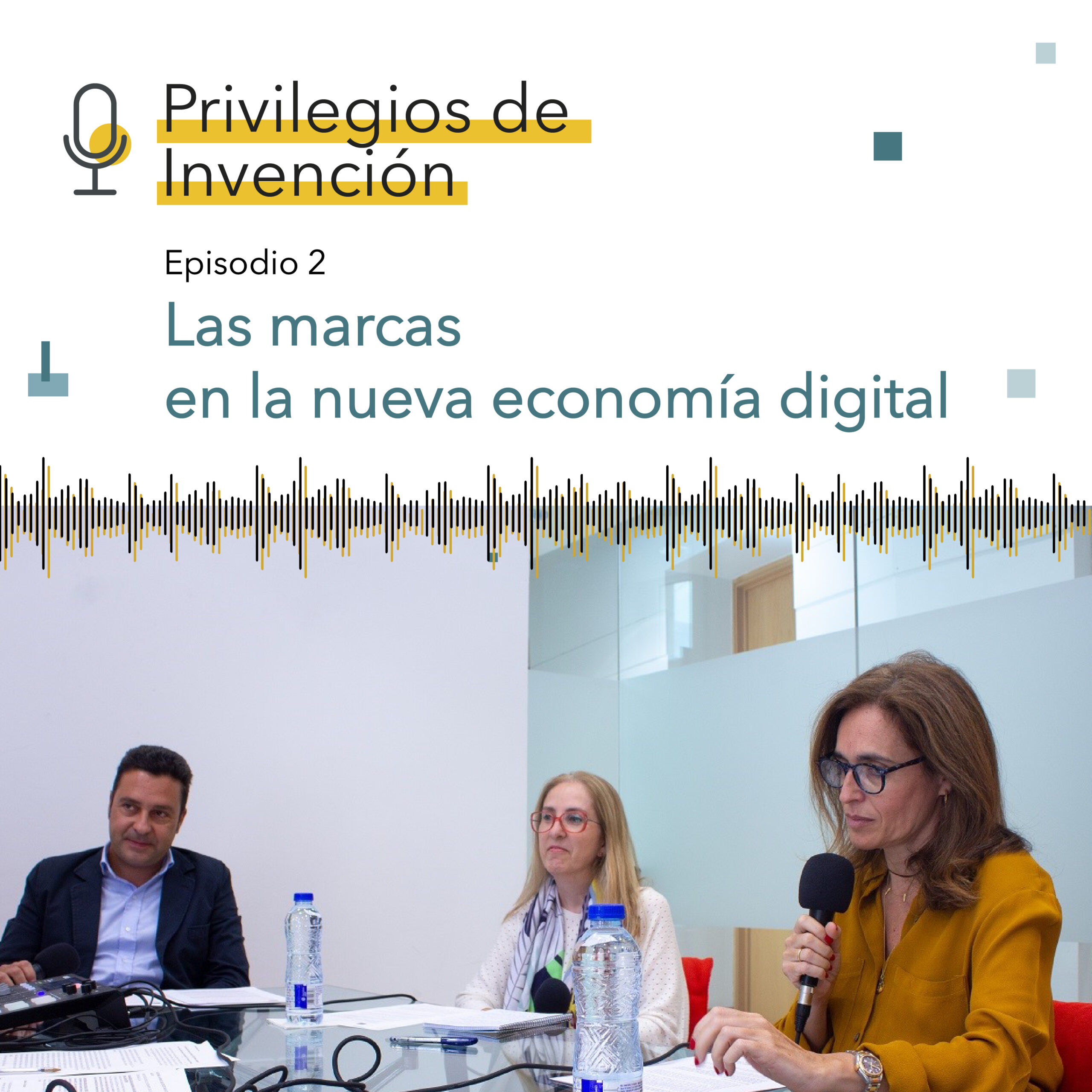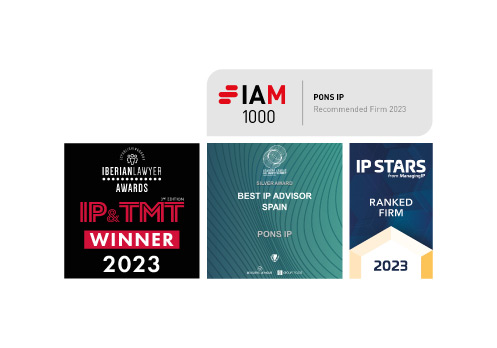Intellectual Property is the commercial ally par excellence of the tourism industry. Although this kind of intellectual property is usually related to the intangible assets of companies —such as patents and trademarks—, it is also an effective commercial ally to strengthen the industry, which is making great efforts to recover after the peak of the pandemic caused by COVID-19, which affected it significantly more than other industries.
The tourism industry is no stranger to intellectual property because, as explained below, and as WIPO itself says[i], in ‘Intellectual Property and Tourism’, it is useful for creating an identity in the market and differentiating oneself from the competition. It points out that it is a competitiveness factor and that it is also useful for promoting national culture and heritage, as well as a strategy for generating revenue.
Nation Branding – Destination Branding.
Let us start with the concept of Nation Branding, in other words, the nation itself becomes a brand. This concept has arisen due to the participation of nations in a globalized world where it is necessary to differentiate oneself from other nations. Such differentiation is achieved through territorial, cultural and biodiversity advantages, which show a diverse world of products, services and experiences to the market, awaiting visitors, buyers and acquirers eager to get to know the culture and enjoy it in the national and global market.
This concept of nation branding —seen as a tool for the tourism industry— generates not only visibility and positioning, but also better prices in that market. However, its significant impact on the benefit of the nation’s communities and community tourism should not be underestimated, as it generates an opportunity for these communities to protect their cultural heritage.
Many definitions and concepts have emerged around nation branding. For some, nation branding ‘is a strategy designed to capitalize on the reputation and image of a nation in international markets in order to attract tourists and investors. [ii] For others, it is a symbol adopted and used by each member country to promote its image inside and outside its territory and to promote, among others, tourism, culture, gastronomy, exports or investments of that nation.’[iii] But regardless of the approach, in all cases it is a brand that supports nations and their regions by attracting tourism.
This is how regions, cities and, of course, nations can use intellectual property to create a unique identity. In this regard, WIPO notes that ‘the recent trend to brand places also —known as “destination branding”— is an example of efforts by cities or regions to create a distinctive appeal that will resonate amongst visitors and they have done so by relying on a trademark, whether by virtue of a registered logo or tagline.’
Surely this logo, which draws attention to New York, is very familiar to us. It symbolizes optimism and love in the face of a difficult time for New York, impacted by the oil crisis and the vandalism caused by the famous blackout of 1977, which devastated the city:

Since the International Conference on Intellectual Property and Development in Geneva in 2005, the importance of countries competing systematically through nation branding to attract consumers, investors and of course tourists has been recognized, obviously on the basis of a good reputation behind the brand. Nowadays, these brands have evolved and countries have been quick to seek to protect them with trademark rights through registration.
In the case of Colombia, the Colombia nation brand is the result of a joint effort by the private sector and the national government to increase competitiveness and strengthen national pride, which multiplies the positive image of our country.
In Colombia, for example, Colombia Co, Colombia es Pasión and La respuesta es Colombia are protected by trademarks both for these expressions and for them in conjunction with graphics and designs:

The CAN (Andean Community)[iv] approved a Common Nation Brand Regime, thus being a pioneer in protecting this type of brands. Therefore, it can be said that the tourism industry can use nation brands as an industrial property right in its business strategies. And it seems that the advantage is two-way, since tourism to our region also supports the country’s development, as it attracts attention to investment possibilities.
But in this sense, nation branding needs the support of political will and government management coupled with the enthusiasm and activity of the corporations, associations and institutions that promote it in order to achieve the momentum it requires, since without constant maintenance through advertising and efforts to sell a prestigious image to the world, the brand itself will have no value for promoting products and services, let alone tourism.
Certification Marks and Collective Trademarks
Within the possibilities of intellectual property as an ally of Tourism, there are also Certification Marks and Collective Trademarks.
Certification marks are registered trademarks that can be used by entrepreneurs in a given sector who comply with the requirements previously established by the holder or owner of the trademark in its regulations governing use. In other words, the holder or owner of the trademark obtains the trademark registration, which is preceded by a regulation governing use that specifies conditions of quality, reputation, prestige, manner of providing the service, prohibitions, etc. This registration gives the right to the exclusive use of the holder, who may grant permission or license for use to interested parties who prove they fulfill the requirements to hold such certification.
Among others, this is the case of sustainable tourism, which has been gaining momentum due to the shared interest in caring for the environment while respecting its flora and fauna. This is why we talk about sustainable tourism certificates, such as the BEYOND GREEN hotel brand. We can thus find BEYOND MNEMBA ISLAND in Zanzibar, Tanzania, featuring private islands where you can enjoy both safari and coral reef experiences. In addition, this type of tourism is also directed towards fulfilling conservation obligations under the Oceans without Borders program, which engages and works with local communities.
Colombia has the Tourism Quality Certificate, a certification mark recognized by the Superintendence of Industry and Commerce, which aims to encourage the growth of the national market for tourism services.



The question arises as to how to generate certification marks that support tourism. As far as CAN countries are concerned, a company or institution, whether public or private, or a regional or international government body, may apply for the registration of this type of mark. The application must be accompanied by the Regulations Governing Use, indicating the goods or services that can be certified by the holder of the mark. The aim is to undertake multipartite projects focused on clearly oriented tourism objectives aligned with the new economic, social and cultural trends.
On the other hand, there are Collective Marks, which serve to identify the origin or any other common characteristic of products or services belonging to different companies, which use them under the control of their holders. This is why associations of producers, manufacturers, service providers, organizations and legally established groups of persons can apply for the registration of collective marks to distinguish the products or services of their members in the market.
As with nation branding, these intellectual property rights embodied in collective and certification marks do not automatically apply to tourism-related services. A management approach is required to bring companies in the sector closer to the use and/or generation of these types of marks with a strong focus on the advantages and objectives of tourism. Collective marks, for example, entail efforts to become members of associations or to promote associative processes. This can be challenging but not impossible to achieve.
Presumably, the provision of services, such as those that would be provided by the tourism sector, could be difficult to standardize. However, if the requirements to be part of the collective and to use the collective mark involve complying with environmentally friendly requirements that also protect the local communities, then it becomes an opportunity to strengthen tourism and make it more attractive, especially in these times, when the trend has shifted towards ecotourism.
And to conclude this section, it is worth remembering that intellectual property rights, such as trademarks, require protection by registration and that trademarks are registered locally. They must be registered in the countries where protection of the service is sought, which entails additional costs for the trademark owner, but which pale in comparison to the advantages of using collective and certification marks.
In both cases, the entrepreneur uses their own trademark while supporting the product or service they provide by bearing the certification or collective mark.
Designations of Origin
Another form of intellectual property rights are designations of origin. As the Superintendence of Industry and Commerce rightly points out, ‘a designation of origin is the name or indication of a geographical location, which may be a specific country or region, that designates a product which, because it comes from that region and because of the production or processing methods of its inhabitants, has characteristics and a reputation that set it apart from similar products coming from other geographical locations.
There are over 10,000 designations of origin worldwide and the standard-bearers are European countries. Wine and olive oil seem to have been the basis upon which the oldest designations of origin were created. For example, the protection of Rivadavia wine is one of the earliest legal measures taken to protect these designations in 1564. Portugal has also been protecting Port wines since 1756.
The Paris Convention (1886) included geographical indications, granting them protection before the other member countries, and since then the different countries have been passing legislation on designations of origin.
In Colombia, the number of designations of origin is still low. Interest in having these recognised and protected began relatively recently with the Colombian coffee designation. Other products include Bocadillo Veleño, Sinú’s weaving practices, Achiras del Huila, Paipa cheese, and Sombrero Aguadeño, among others. There is still a realm to be explored towards the re-emergence of more designations that support the communities involved.
These types of intellectual property rights are closely related to gastronomic tourism, which has emerged in this century as a result of tourism trends involving new experiences such as the tasting of typical products from specific geographical locations, as well as the desire to learn about the production processes and discover more about the cultural heritage of the regions and countries visited.
An example of gastronomic tourism in Latin America is Peru. In fact, the Peruvian government recently announced that WIPO and INDECOPI [v], dhad jointly taken steps to promote gastronomic tourism in the country. In the framework of this project, intellectual property was considered to boost the gastronomic tourism industry through trademarks, collective marks, certification marks, designations of origin and geographical indications, as well as traditional specialties.
Franchising, a type of business model whereby an entrepreneur grants a third party the right to replicate their model, authorizing or licensing the use of intellectual property rights such as trademarks, know-how and trade secrets, will be analyzed in more detail later on. In the hotel sector, franchising has been successful, as is the case with the Holiday Inn franchise, City Express Hotels, Staybridge Suites, Best Western and Crowne Plaza.
Hopefully, these reflections will encourage the tourism sector to work together to create new opportunities and advantages for the provision of tourism services based on the intellectual property models mentioned here.
Author: Claudia Caro
[i] WIPO is the global forum for intellectual property policies, cooperation and international treaties, services and information.
[ii] https://www.entornoturistico.com/ Autor Álvaro Moreno Pérez. Marca país: ¿Qué es y cómo se construye?
[iii] Banco Interamericano de Desarrollo BID. Conexión INTAL
[iv] Comunidad Andina de Naciones. Conformada por Colombia, Perú, Ecuador y Bolivia.
[v] (Instituto Nacional de Defensa de La Competencia y de La Protección De La Propiedad Intelectual,- Perú)




